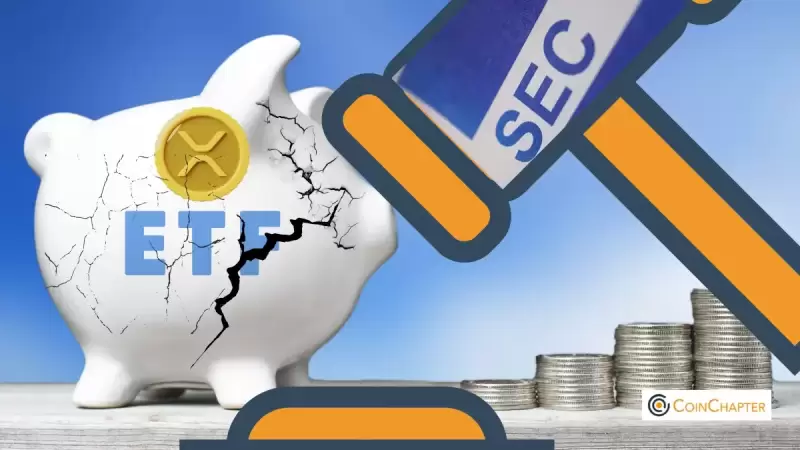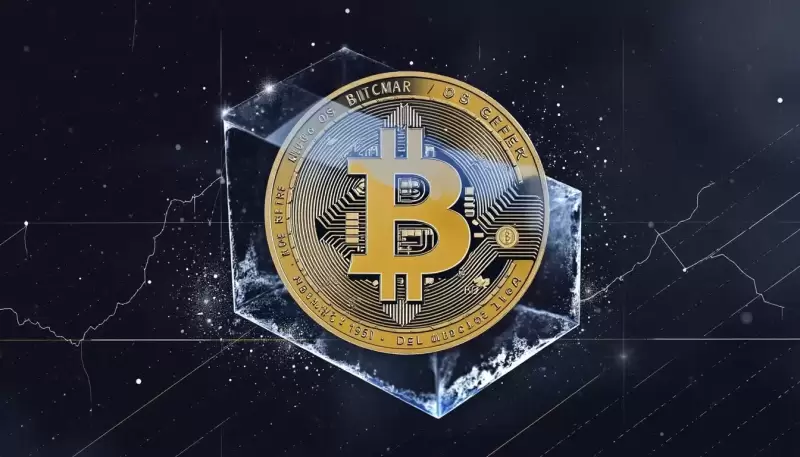 |
|
 |
|
 |
|
 |
|
 |
|
 |
|
 |
|
 |
|
 |
|
 |
|
 |
|
 |
|
 |
|
 |
|
 |
|
Cryptocurrency News Articles
What if your crypto wallet could beat the U.S. government at its own game?
Apr 30, 2025 at 09:59 pm
That's the question on the minds of yield-hungry investors as USDC staking continues to challenge traditional financial instruments
In the realm of cryptocurrency, new avenues for generating passive income continue to emerge, presenting interesting alternatives to traditional financial instruments. One such opportunity that has been gaining attention is USDC staking, which could be seen as a competitor to Treasury bonds and savings accounts in today's low-rate environment.
With stablecoin staking platforms offering APYs of 4% to 8%, and the U.S. 10-year Treasury yield hovering just above 4.5%, a natural question arises: Can USDC staking rewards actually outpace the Fed-backed, risk-free rates?
Breaking Down the Contenders
USDC (USD Coin) is a USD-backed stablecoin designed to maintain a 1:1 peg with the U.S. dollar. It’s fully reserved, with funds held in cash and short-term Treasuries, and regularly audited for transparency. When users "stake" USDC, typically by lending it through DeFi protocols or centralized exchanges, they earn rewards, expressed as annual percentage yield (APY).
Treasury yields, particularly from 10-year notes, are considered risk-free benchmarks. They represent the return on lending money to the U.S. government and are backed by its full faith and credit. Investors often use them as a measuring stick for other income-generating opportunities.
The Yield Showdown: A Comparison
As of Q2 2025, the U.S. 10-year Treasury yield sits around 4.5% amid persistent inflation concerns and a tight labor market. The Federal Reserve's commitment to maintaining elevated interest rates has pushed yields to decade-high levels.
Meanwhile, USDC staking rewards are averaging between 5% and 7%, depending on platform risk and lending demand. Platforms like Coinbase offer 4.0% APY for simply holding USDC, while DeFi protocols like Aave or Compound offer variable returns that can exceed 7% during periods of high borrowing activity.
At face value, USDC staking can deliver equal or superior yield to Treasuries. But unlike bonds, these rewards are not guaranteed—they fluctuate with market conditions and platform performance. So the higher yield often comes at the cost of higher risk.
What Drives USDC Yields?
USDC staking yields are determined by supply and demand dynamics:
Yields can spike during bull markets but drop in periods of low demand. Unlike Treasuries, there’s no maturity date or locked-in return.
Risk vs. Reward: Key Differences
USDC staking is not risk-free. Here’s how it stacks up:
While Treasury bonds are virtually risk-free, they come with limited upside. USDC staking offers greater return potential, especially in bull markets, but includes risks like smart contract bugs, custodial failures, and regulatory intervention.
The Regulatory Cloud
One wildcard in the competition is regulation. U.S. authorities are increasingly scrutinizing stablecoin yield products. The SEC has argued that some crypto yield offerings could be classified as securities. This legal grey area could affect the availability or structure of USDC staking programs in the near future.
Still, well-regulated platforms like Coinbase have found ways to offer rewards while maintaining compliance. Others are shifting to non-custodial, decentralized models to avoid regulatory overreach.
Inflation, Rate Cycles, and Real Returns
With inflation remaining above target in 2025, even “high” yields from Treasuries can produce negative real returns. A 4.5% yield in a 5% inflation environment erodes purchasing power.
In contrast, USDC staking yields, while more volatile, have kept pace or even outstripped inflation during periods of high demand. This makes staking a compelling option for those seeking to preserve and grow value in real terms.
So, Can USDC Staking Outpace Treasuries?
The answer? Yes—but only with the right risk tolerance. In a high-rate environment, USDC staking can beat Treasury yields, particularly when:
However, investors must weigh these rewards against the absence of government guarantees and the volatility of crypto platforms. For those comfortable with digital assets and savvy about platform risks, USDC staking represents a viable alternative yield strategy in today’s environment.
Final Thoughts
Treasury bonds remain the gold standard of conservative investing. But in a yield-starved, inflation-heavy world, USDC staking offers a modern alternative: high liquidity, competitive returns, and the convenience of the crypto ecosystem.
For investors looking to optimize yield without excessive volatility, staking stablecoins like USDC may offer the best of both worlds—a digital safe haven with real earning power.
Disclaimer:info@kdj.com
The information provided is not trading advice. kdj.com does not assume any responsibility for any investments made based on the information provided in this article. Cryptocurrencies are highly volatile and it is highly recommended that you invest with caution after thorough research!
If you believe that the content used on this website infringes your copyright, please contact us immediately (info@kdj.com) and we will delete it promptly.
-

-

-

- Charles Hoskinson Takes a Jab at Bitcoin's Internal Struggles Over Controversial Code Update
- Apr 30, 2025 at 11:35 pm
- In response to escalating concerns about a proposed change to Bitcoin Core's transaction relay policy, Hoskinson shared a sarcastic GIF captioned “Everything is proceeding exactly as I have foreseen.”
-

-

- The U.S. Securities and Exchange Commission (SEC) has postponed decisions on the approval of ETFs for XRP and Dogecoin.
- Apr 30, 2025 at 11:30 pm
- However, experts continue to see good prospects for XRP ETFs and those of other altcoins. The race over which cryptocurrencies will be listed on regulated exchanges in the US via ETFs continues:
-

-

-

-

- Crypto Markets React to the Report that U.S. Economic Activity Decreased in Q1 2025
- Apr 30, 2025 at 11:20 pm
- Following the report that economic activity in the U.S. not only stalled but actually decreased during the first quarter—crypto and other financial markets are already getting the initial impact of a potential recession in America in 2025.























































